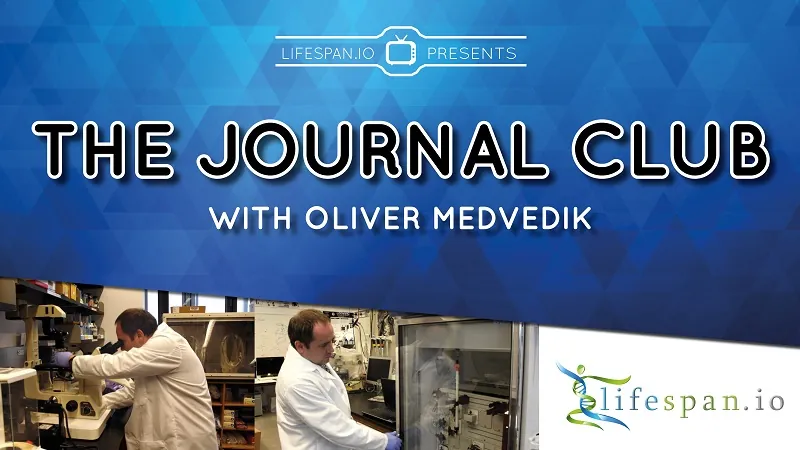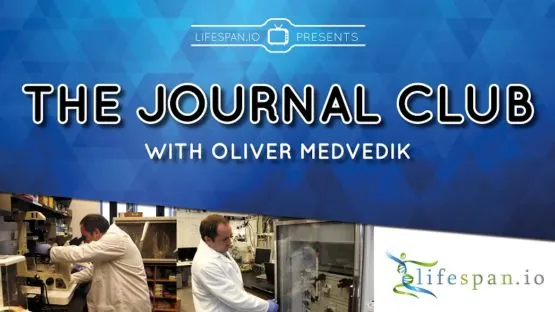Journal Club returns on Tuesday, April 26th at noon Eastern time on our Facebook page. Dr. Oliver Medvedik will be taking a look at the recent paper ‘The hyperfunction theory: an emerging paradigm for the biology of aging’. This episode sees us taking a dive into the world of aging theory and a look at the hyperfunction theory of aging.
Is aging programmed, random damage, or both?
There are many aging theories, and recent years have seen the emergence of new ones that take and build upon earlier ones. A critical step forward for our field will be moving towards a unified theory of aging that collates all these various aging theories of merit and creates something that explains aging to a high degree of accuracy. There are two broad camps in the aging research community: programmed and damage. These two camps have argued for decades over what drives aging, be it a program of sorts or random damage that ultimately ages us. However, it could be the case that aging is not one or the other; in fact, it may be a combination of both.
We will be taking a look at a recent review paper that considers various aging theories by Dr. David Gems, which attempts to put things into context. Such papers are valuable sources of discussion to move the field closer to the unified theory of aging that it needs.Abstract
The process of senescence (aging) is predominantly determined by the action of wild-type genes. For most organisms, this does not reflect any adaptive function that senescence serves, but rather evolutionary effects of declining selection against genes with deleterious effects later in life. To understand aging requires an account of how evolutionary mechanisms give rise to pathogenic gene action and late-life disease, that integrates evolutionary (ultimate) and mechanistic (proximate) causes into a single explanation. A well-supported evolutionary explanation by G.C. Williams argues that senescence can evolve due to pleiotropic effects of alleles with antagonistic effects on fitness and late-life health (antagonistic pleiotropy, AP). What has remained unclear is how gene action gives rise to late-life disease pathophysiology. One ultimate-proximate account is T.B.L. Kirkwood’s disposable soma theory. Based on the hypothesis that stochastic molecular damage causes senescence, this reasons that aging is coupled to reproductive fitness due to preferential investment of resources into reproduction, rather than somatic maintenance. An alternative and more recent ultimate-proximate theory argues that aging is largely caused by programmatic, developmental-type mechanisms. Here ideas about AP and programmatic aging are reviewed, particularly those of M.V. Blagosklonny (the hyperfunction theory) and J.P. de Magalhães (the developmental theory), and their capacity to make sense of diverse experimental findings is assessed.
Literature
Gems, D. (2021). The hyperfunction theory: an emerging paradigm for the biology of aging.


